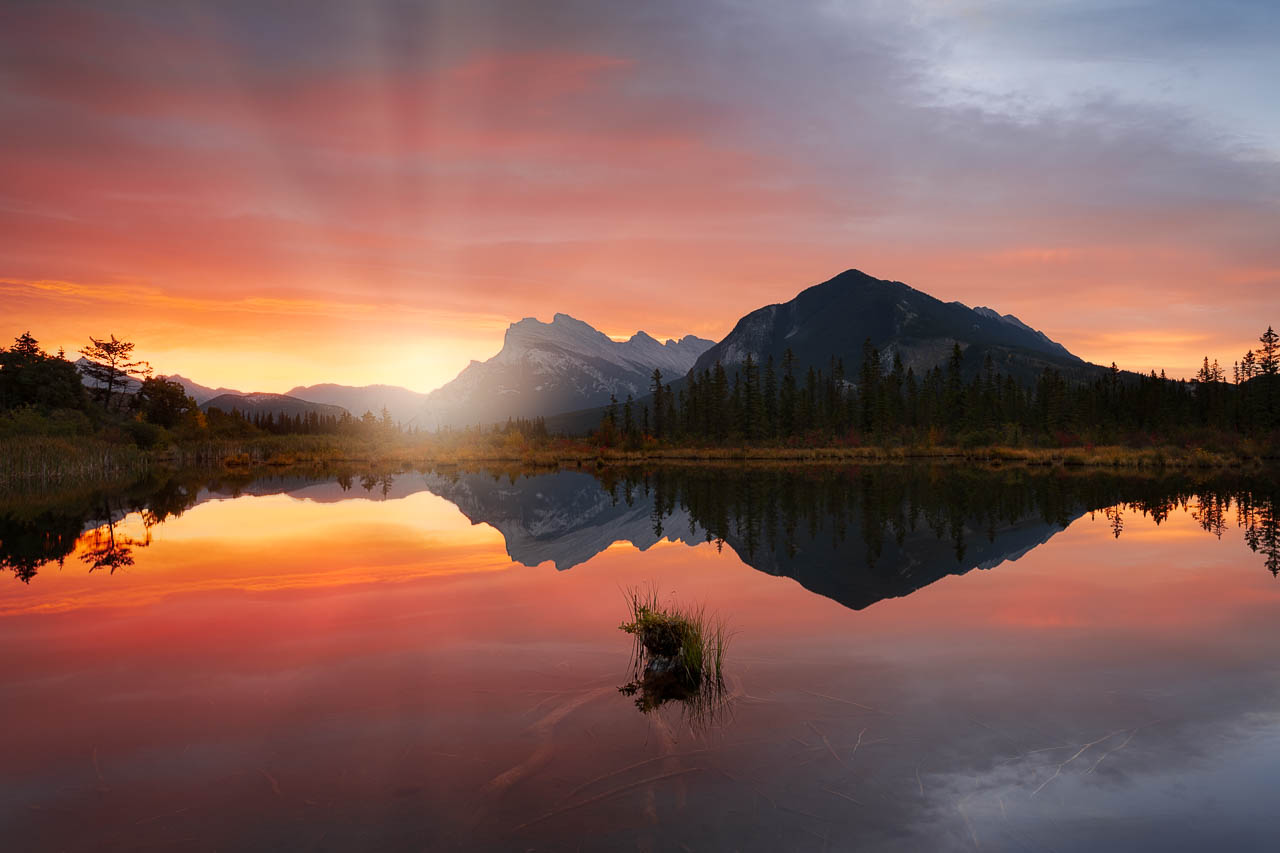
Five Common Struggles Every Landscape Photographer Faces at Some Point: Week 2
Nov 08, 2022Welcome to week two in the five-part series: Five Common Struggles Every Landscape Photographer Faces at Some Point. This week we are going to talk about light and landscape photography. Last week we talked about exposure triangle settings.
Light is a powerful element in photography. In fact, photography would not exist without light. There's something very special about watching light move across a landscape scene. It's mesmerizing and full of soothing, unlike anything else in my experience.
But light and the landscape photographer can sometimes be at odds with one another, and at some point in the landscape photographer's journey, light will be a source of struggle.
Long before I immersed myself in the passion for and learning about landscape photography, my photography focus was capturing the everyday moments of my children. As a result, I developed a deep respect for light and its power within photography in this genre.
Perhaps due to these experiences, I do not believe that there is one type of light that is best for landscape photography. Instead, I aim to work with light as it appears in a landscape scene, regardless of how it presents itself. So let's have a little chat about how you can do the same.
There are four main types of light that all landscape photographers will eventually encounter:
1. Light in and around the hours of sunrise and sunset: Without a doubt, this is often the favourite light of all landscape photographers. Light falls gently across a landscape scene and is often filled with entertaining colours. It's why many landscape photographers, when asked for tips about taking better landscape photos, will mention capturing images during the hours around sunrise and sunset.

ISO 64, 24mm, f11, 1/5 sec
2. Full sun: Daylight full sun creates environments with often bright highlights and deep shadows. This type of light can be challenging to work with. But, instead of running indoors, think about how you can use this type of light to showcase moments that only the sun can create.

ISO 100, 200mm, f9, 1/400 SS
3. Overcast light: This type of light is often flat, but it doesn't mean your images have to fall flat. In these situations, you can capture pictures all day long without the harsh highlights and shadows of a full sun day. When faced with this type of light, look for ways in which you can infuse interest and storytelling elements into your landscape scene.

ISO 31, 18mm, f22, 1.3 sec
4. Low light: Low light occurs in a landscape setting when shadow or darkness takes over the light. This is often at night. Don't put away your camera during low light as there is magic in the night sky, unlike any other kind of experience. Yes, it does take time and practice to develop the skills needed to capture the night sky, but there's undeniable beauty in low light.

ISO 5000, 14mm, f 2.5, 10 seconds
Light is powerful, and beautiful landscape photos can be captured in any light. Embrace all the light that falls across a landscape scene, and you'll be rewarded with variety in your photos and knowledge about the art in landscape photography.


